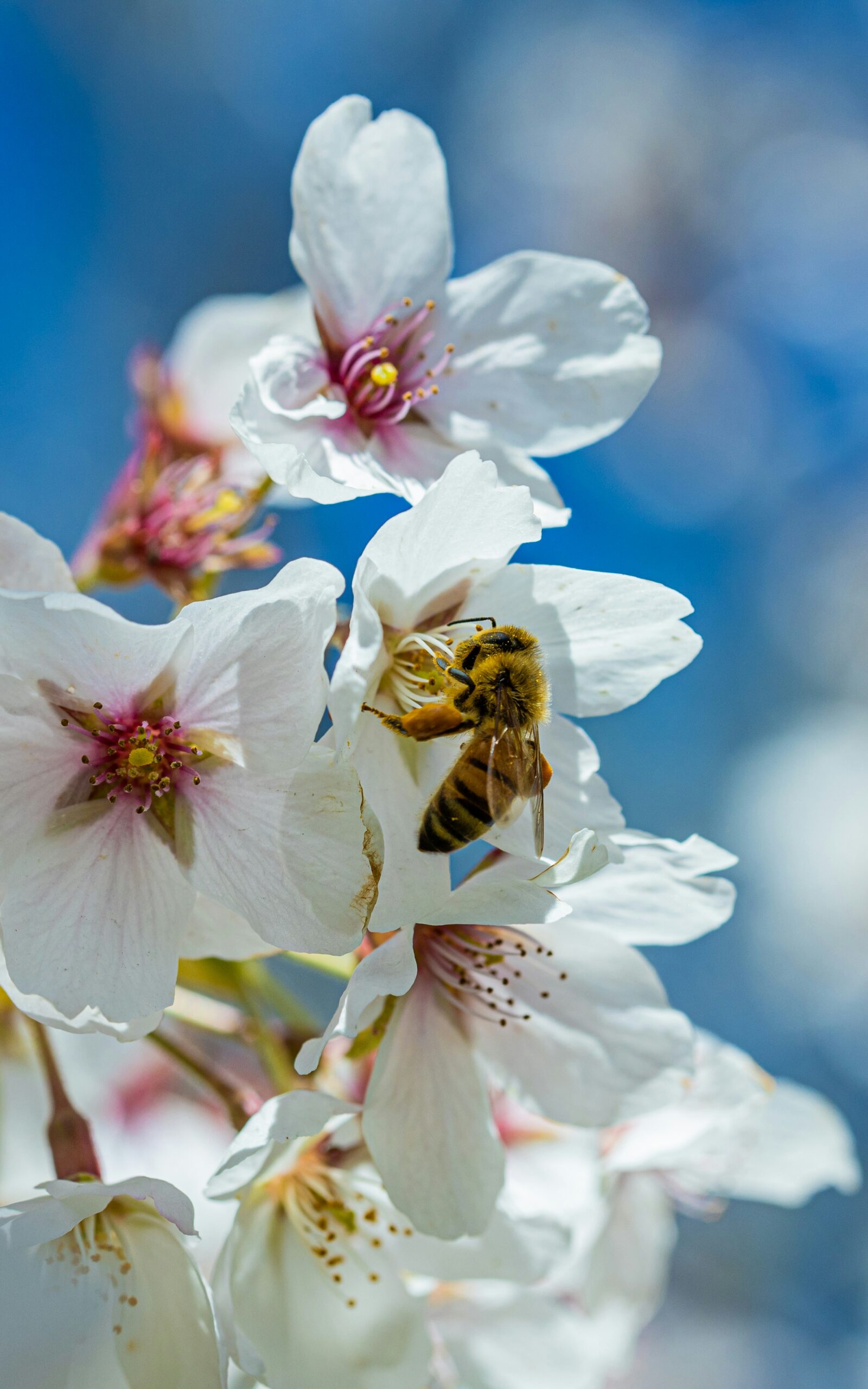The Importance of Pollination in Maintaining Biodiversity
The Importance of Pollination in Biodiversity
Pollination is a crucial process that occurs in nature, facilitating the reproduction of flowering plants. It is a fascinating interaction between pollinator animals and flowering plants, leading to the formation of seeds and fruits. This process plays a vital role in maintaining biodiversity and the overall health of ecosystems.
Diverse Pollinator Species
Pollinator animals come in various forms, including insects like bees, butterflies, and beetles, as well as birds, bats, and even some mammals. These animals visit flowers in search of nectar, pollen, or both. As they move from one flower to another, they inadvertently transfer pollen grains, allowing for cross-pollination.
Each pollinator species has its own unique characteristics and preferences, such as body size, feeding behavior, and color vision. These factors influence the types of flowers they are attracted to and the efficiency of pollination. The diversity of pollinator species ensures that a wide range of flowering plants can be successfully pollinated, promoting biodiversity.
Pollination and Plant Reproduction
Pollination is essential for the reproduction of flowering plants. When a pollinator visits a flower, it may unintentionally brush against the flower’s reproductive structures, such as the stigma or anthers. This contact allows the transfer of pollen from the male parts (anthers) to the female parts (stigma) of the same flower or even between different flowers of the same plant.
Once the pollen reaches the stigma, it can germinate and grow a pollen tube, enabling the sperm cells to reach the ovules within the flower. Fertilization occurs when the sperm cells unite with the egg cells, resulting in the formation of seeds. These seeds can then develop into new plants, ensuring the continuation of the species.
The Benefits of Pollination
Pollination has numerous benefits for both pollinators and flowering plants. For pollinators, visiting flowers provides them with a vital food source, such as nectar or pollen. In return, they inadvertently transfer pollen, allowing plants to reproduce. This mutualistic relationship benefits both parties involved.
From a plant’s perspective, successful pollination leads to the production of fruits and seeds. Fruits serve as a means of dispersing seeds, either through animals consuming the fruits and excreting the seeds elsewhere or through wind dispersal. This dispersal mechanism helps plants colonize new areas and ensures genetic diversity within populations.
Pollination also contributes to the overall biodiversity of ecosystems. By facilitating the reproduction of a wide range of flowering plants, pollinators help maintain the diversity of plant species. This, in turn, supports other organisms that depend on these plants for food, shelter, and other resources.
Pollination and Threats
Despite the importance of pollination, various factors pose threats to both pollinators and flowering plants. Habitat loss, pesticide use, climate change, and invasive species can all disrupt the delicate balance of pollination interactions.
Habitat loss, due to urbanization and agricultural expansion, reduces the availability of suitable habitats for pollinators. This limits their foraging opportunities and nesting sites, leading to population declines. Similarly, the use of pesticides can directly harm pollinators or indirectly affect their health and behavior.
Climate change also poses challenges to pollinators and flowering plants. Shifts in temperature and rainfall patterns can disrupt the timing of flowering and the emergence of pollinators, leading to mismatches and potential declines in pollination success.
Invasive species can outcompete native plants, reducing the diversity of available floral resources for pollinators. This can result in a decline in pollinator populations and a disruption of pollination services.
Conservation Efforts
Given the vital role of pollination in biodiversity, conservation efforts are essential to protect pollinators and their habitats. Creating and preserving pollinator-friendly habitats, such as gardens, meadows, and natural areas, can provide the necessary resources for pollinators to thrive.
Reducing pesticide use and adopting sustainable agricultural practices can also help protect pollinators. Additionally, raising awareness about the importance of pollinators and promoting citizen science initiatives can contribute to monitoring and understanding pollinator populations.
Collaborative efforts between scientists, policymakers, and the public are crucial for ensuring the continued health and resilience of pollinator populations and the ecosystems they support.
In conclusion, the interactions between pollinator animals and flowering plants play a vital role in maintaining biodiversity. Pollination enables the reproduction of flowering plants, leading to the production of seeds and fruits. This process benefits both pollinators and plants, while also supporting the overall health and diversity of ecosystems. However, various threats, such as habitat loss and climate change, pose challenges to pollinators and their habitats. Conservation efforts are therefore necessary to protect these essential interactions and promote the sustainability of our natural world.
